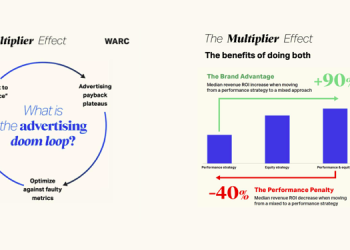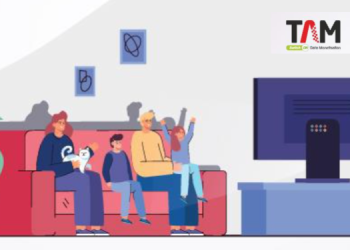As we enter the third year of the Covid-19 pandemic, the dependence on Internet usage in India continues to show an increasing trend, and so is the concern about safety of data as well as steadily increasing cyber crimes of varied kinds – from banking frauds, OTP/ATM frauds, fake news to stalking or bullying women, and data theft. The National Crime Records Bureau (NCRB) CRIME IN INDIA 2020; VOL II released in September 2021, India recorded 50,035 cases of cyber crime with a 11.8 percent increase over the previous year. The rate of cyber crimes (incidents per lakh population) also surged from 3.3 in 2019 to 3.7 in 2020.
The fourth edition of the OLX initiative, the OLX 2022 Safer Internet Day Study intends to foster awareness among online users, thereby helping make the Internet a better and safer space for everyone. It seeks to understand the cyber safety preparedness and level of awareness among Indian users, and highlight opportunity areas to create a safer and inclusive Internet for everyone, to mark the occasion of International Safer Internet Day being celebrated on 8th February this year.
The study revealed that over three-fourths of all respondents experienced at least one online fraud during the pandemic. Within this, financial frauds topped the list, with half (47%) of all respondents having faced it. Online shopping stands out as the top activity that makes respondents feel most vulnerable or unsafe on the Internet (36%), followed by use of social media (20%). In the age group of 50 and above, online content consumption is cited as potentially unsafe by 1 in 5 respondents (19%).

“Internet usage has seen a more than steep rise as people have been confined to their homes, and almost all activities or part thereof has moved online – education, shopping, banking, content consumption. This has led to a significant increase in screen time across age groups” said Amit Kumar, CEO, OLX Autos India. Adding further he said, “Safer Internet Day highlights the netizens’ online experience, their understanding and awareness of cyber security and safe online behaviour, and challenges that need to be addressed. Our intent through this annual study is to get a first-hand account of the netizens’ changing digital behaviour, and provide them with the right measures to safeguard their online presence.”
While instances of fraud have increased, users perceive that their own awareness towards online safety has also increased. During the continuing pandemic, over 3 in 5 respondents believe that their online safety awareness has gone up during the pandemic. Among those aged 50 and above, safety awareness has improved for 2 in 3 respondents. Similarly, maintaining password hygiene – changing passwords regularly and frequently, and having different passwords across different online services and platforms – is the most preferred choice among various safety measures across all respondents (43%).
Among other things, the survey attempted to gauge how parents are responding to the challenge of keeping their children safe as their online activities have increased in the wake of the pandemic. It found that a majority of parents rely on using child locks on apps, and monitoring the time spent by their children on digital devices (60% in total), to manage their online time. Women respondents overwhelmingly rely on monitoring time spent on devices (56%) by their children.
For a majority of respondents, Internet usage has gone up by over 50% in the last one year, as the frequency of accessing services online has increased, as well as new activities have been added.
- Among the millennials (those aged 35 and below), Internet usage has increased marginally (10% increase), compared to 18% of those aged more than 35.
- Work requirement is the largest contributor (27% of the respondents) to increased internet usage, overall.
- Increased social media usage is the second largest contributor (21%).
- Among those aged 50 and above, online shopping stands out as the single largest contributor (28%).
Further, nearly three-fourths of the respondents across all age groups agree that operating digitally is going to be the predominant way forward. Female respondents are more emphatic in this agreement compared to male respondents by a factor of two.
















